13 Perfect Plants to Support Pollinators in Your Summer Garden
Creating a pollinator-friendly garden is a great way to support local ecosystems while adding vibrant color and life to your outdoor space. By choosing plants that provide nectar and pollen, you can attract bees, butterflies, and hummingbirds, all of which play a crucial role in maintaining biodiversity. These plants are not only beautiful, but they also help ensure your garden thrives by supporting essential pollinators throughout the summer. Whether you have a small backyard or a spacious garden, there are plenty of options to transform your space into a haven for pollinators.
This post may contain affiliate links, which helps keep this content free. Please read our disclosure for more info.
Lavender
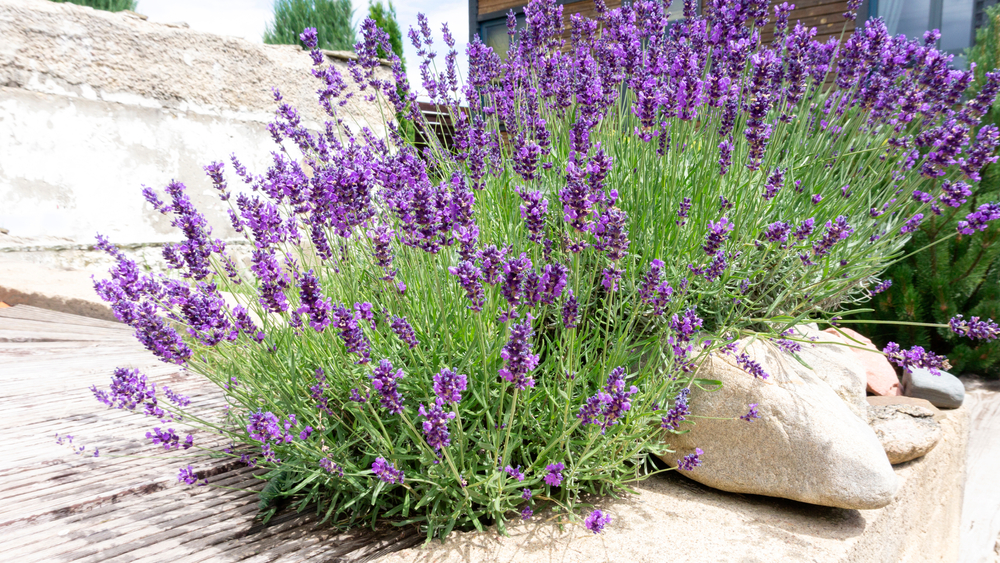
Lavender is a popular choice for any garden because of its fragrant purple blooms and versatility. It thrives in full sun and well-drained soil, attracting pollinators like bees and butterflies throughout the summer months. The small flowers of lavender produce abundant nectar, making them an excellent food source for bees, while their strong scent is a magnet for various insects. Lavender’s low-maintenance nature and attractive color make it an easy yet valuable addition to any pollinator-friendly garden.
Bees, in particular, are drawn to the long-lasting blooms, and lavender plants help create a habitat where these important pollinators can thrive. Additionally, lavender’s drought tolerance makes it a great option for regions with dry summers, allowing pollinators to find food in even the most challenging conditions.
Bee Balm (Monarda)
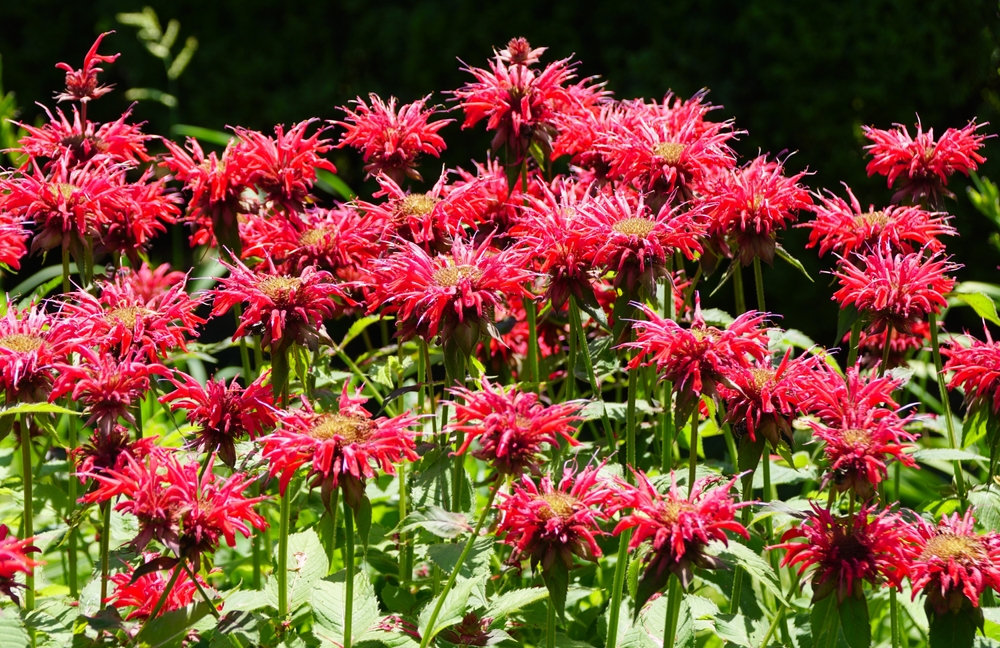
Bee Balm, with its vibrant, spiky blooms, is a perfect choice for attracting pollinators like bees, butterflies, and hummingbirds. These plants thrive in moist, well-drained soil and full to partial sun, blooming from mid to late summer. The tubular flowers, which come in shades of red, pink, and purple, are especially attractive to hummingbirds and long-tongued bees, as they offer a rich source of nectar.
Bee Balm is known for its strong fragrance and brightly colored blossoms, both of which appeal to pollinators. It also attracts a wide range of beneficial insects, creating a dynamic and buzzing ecosystem in your garden.
Coneflower (Echinacea)
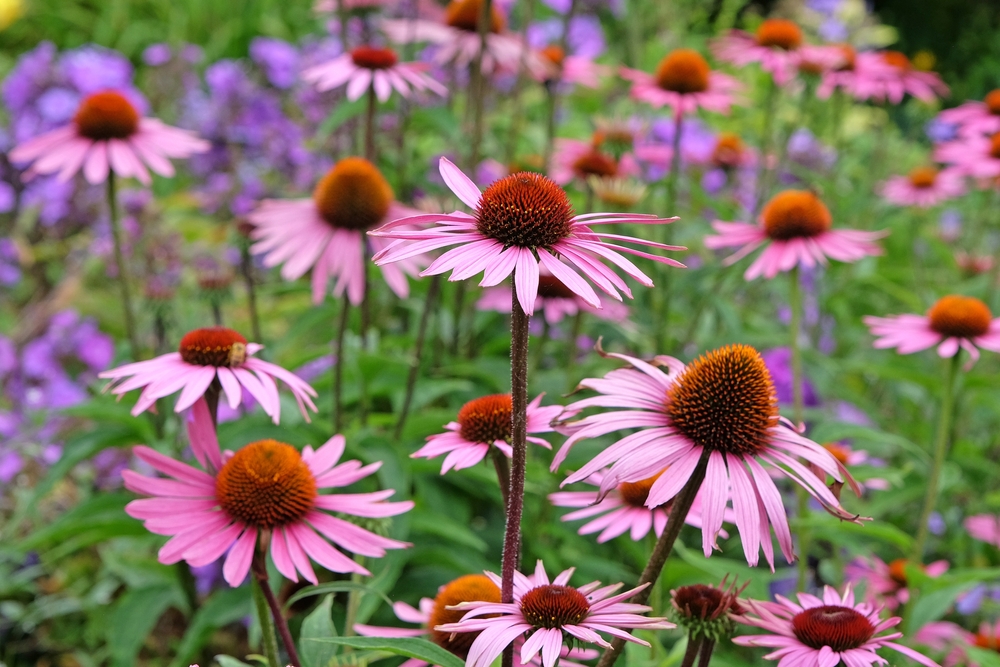
Coneflowers are easy to grow and widely appreciated for their striking daisy-like flowers in shades of pink, purple, and white. These hardy perennials bloom throughout the summer, providing a consistent source of nectar and pollen for bees, butterflies, and other pollinators. Coneflowers prefer full sun and well-drained soil, making them ideal for most summer gardens.
The flowers’ sturdy, cone-shaped centers are rich in pollen, and their broad petals are perfect landing pads for various pollinators. Additionally, the plants’ tall stems help them stand out, making them an excellent focal point in any pollinator-friendly landscape.
Zinnias
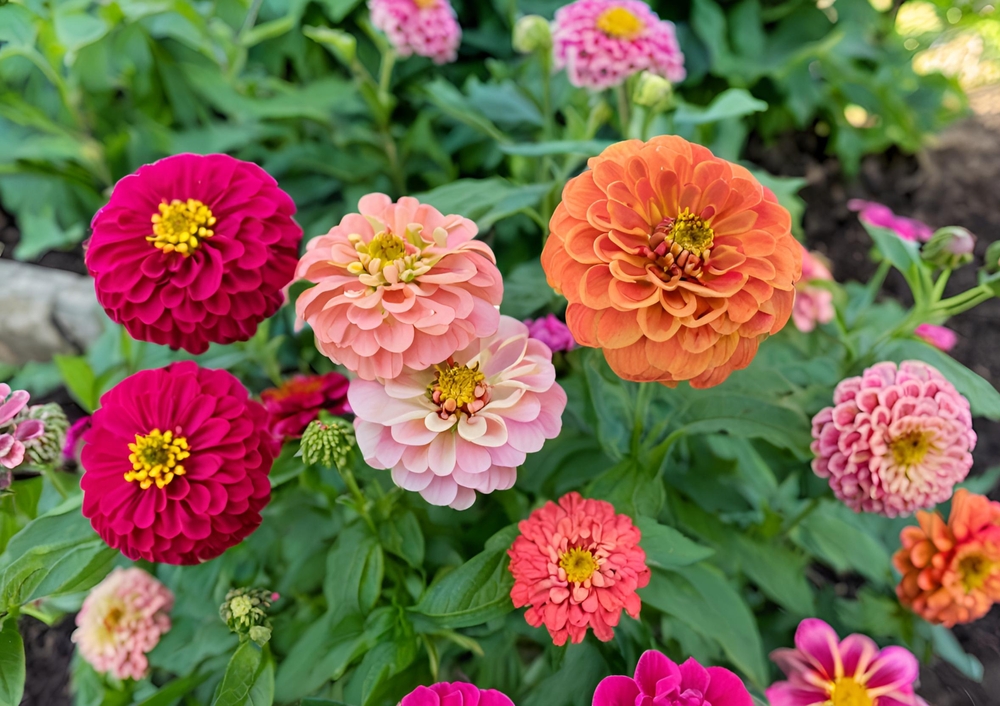
Zinnias are known for their vibrant, colorful blooms that attract a variety of pollinators, including bees, butterflies, and hummingbirds. These annuals grow quickly and thrive in full sun, producing flowers in almost every color of the rainbow. The simple, open flowers of zinnias make it easy for pollinators to access nectar and pollen, helping to support the local pollinator population.
Zinnias also bloom for an extended period, meaning your garden will have a continuous food source for pollinators throughout the summer. Their ability to tolerate heat and drought makes them a resilient and reliable addition to a pollinator-friendly garden.
Black-eyed Susan (Rudbeckia)

Black-eyed Susans are native to North America and are a great addition to a pollinator-friendly garden. With their bright yellow petals and dark centers, they are a beacon for bees and butterflies, offering both nectar and pollen. These plants thrive in full sun and can tolerate a variety of soil types, making them easy to grow and maintain.
The long-lasting blooms of Black-eyed Susans provide a food source for pollinators from mid-summer through fall, and their upright growth habit allows them to stand tall among other plants. They are an excellent choice for attracting a diverse range of pollinators while adding a cheerful touch to any garden.
Joe-Pye Weed (Eutrochium)

Joe-Pye Weed is a native perennial known for its tall stems and large clusters of pink to purple flowers. It blooms in late summer and attracts a wide variety of pollinators, including bees, butterflies, and hummingbirds. The flowers are rich in nectar, making them a perfect feeding station for pollinators during the peak of summer.
This plant prefers moist, well-drained soil and partial to full sun, and its large, fluffy flower clusters are easy for pollinators to access. Joe-Pye Weed is not only beautiful but also helps support healthy pollinator populations, especially in garden areas that mimic natural, woodland settings.
Milkweed (Asclepias)
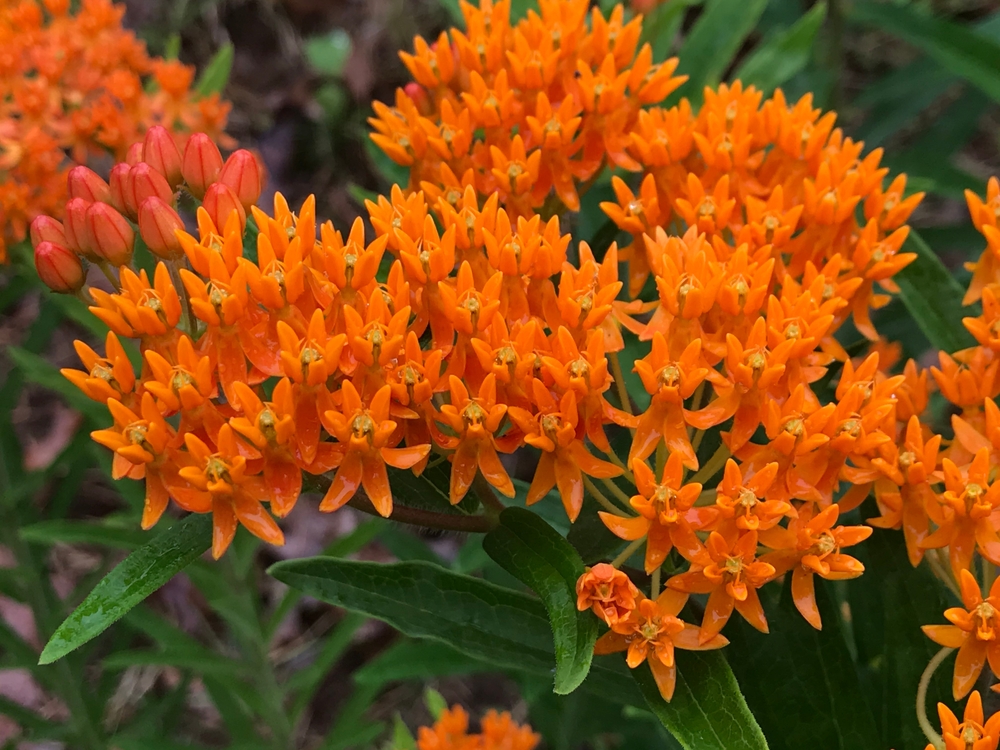
Milkweed is perhaps best known for being the primary food source for monarch butterfly caterpillars, but it also supports a variety of other pollinators. The plant produces clusters of fragrant flowers in shades of pink, orange, and white, which are rich in nectar. Bees, butterflies, and hummingbirds are all drawn to its sweet scent, making it a must-have for any pollinator garden.
In addition to being an essential resource for monarchs, milkweed also contributes to the overall health of the garden ecosystem. It thrives in full sun and well-drained soil, and its tall, sturdy stems make it an excellent addition to the back of garden beds.
Sedum (Autumn Joy)

Sedum, particularly the variety called “Autumn Joy,” is an excellent late-season plant that attracts bees and butterflies when other nectar sources are becoming scarce. This drought-tolerant succulent has thick, fleshy leaves and clusters of star-like pink flowers that provide both nectar and pollen. Sedum thrives in full sun and can handle poor soil, making it a versatile and easy-to-care-for addition to any garden.
The flowers bloom late in the season, providing pollinators with a much-needed food source as other plants begin to fade. Its low-growing habit and unique flowers make it a standout plant in the garden, while also supporting pollinators through the final stretch of the growing season.
Marigolds
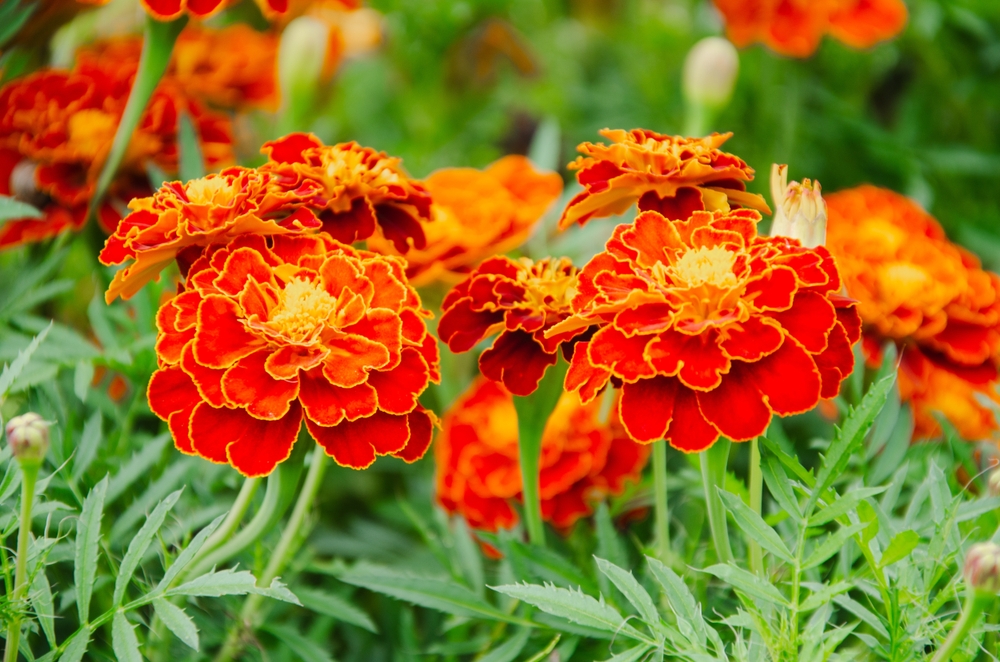
Marigolds are not only beautiful, but they are also incredibly beneficial for attracting pollinators. These vibrant annual flowers come in shades of yellow, orange, and red, with blooms that produce both nectar and pollen. Marigolds thrive in full sun and well-drained soil, making them ideal for summer gardens.
The strong scent of marigolds also helps to repel certain pests, acting as a natural pest control while attracting beneficial pollinators like bees and butterflies. They are easy to grow and continue to bloom throughout the summer, providing a consistent source of food for pollinators.
Salvia
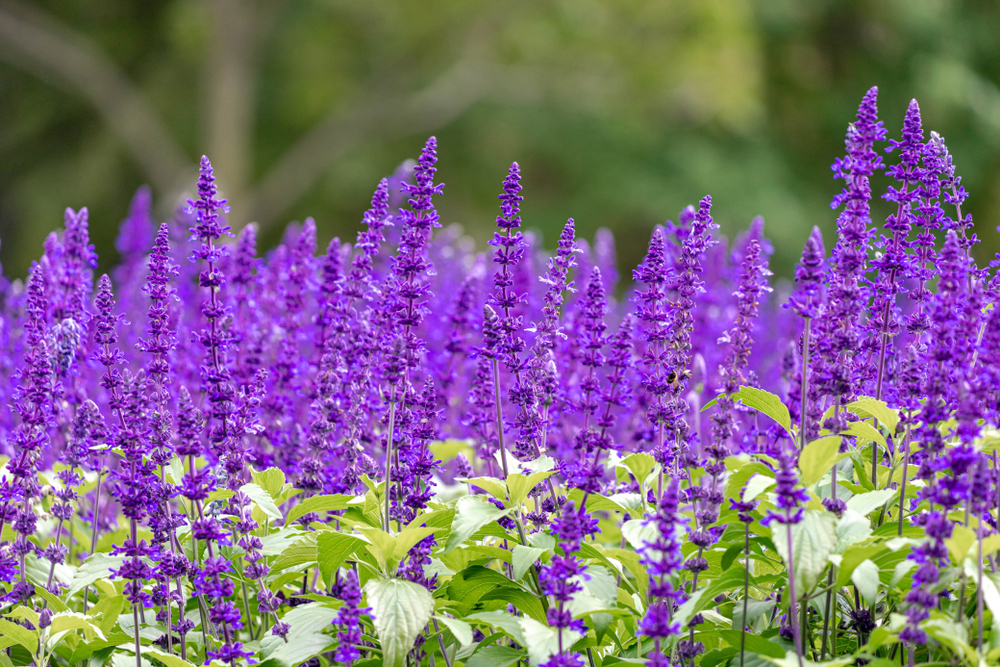
Salvia is a versatile and hardy plant that attracts a wide range of pollinators, including bees, hummingbirds, and butterflies. The tubular flowers come in various colors, including purple, red, and pink, and are packed with nectar. Salvia prefers full sun and well-drained soil, making it a great option for most summer gardens.
These plants bloom throughout the summer and into fall, providing a long-lasting food source for pollinators. The tubular shape of the flowers makes them particularly attractive to hummingbirds, who enjoy feeding on the nectar.
Thyme
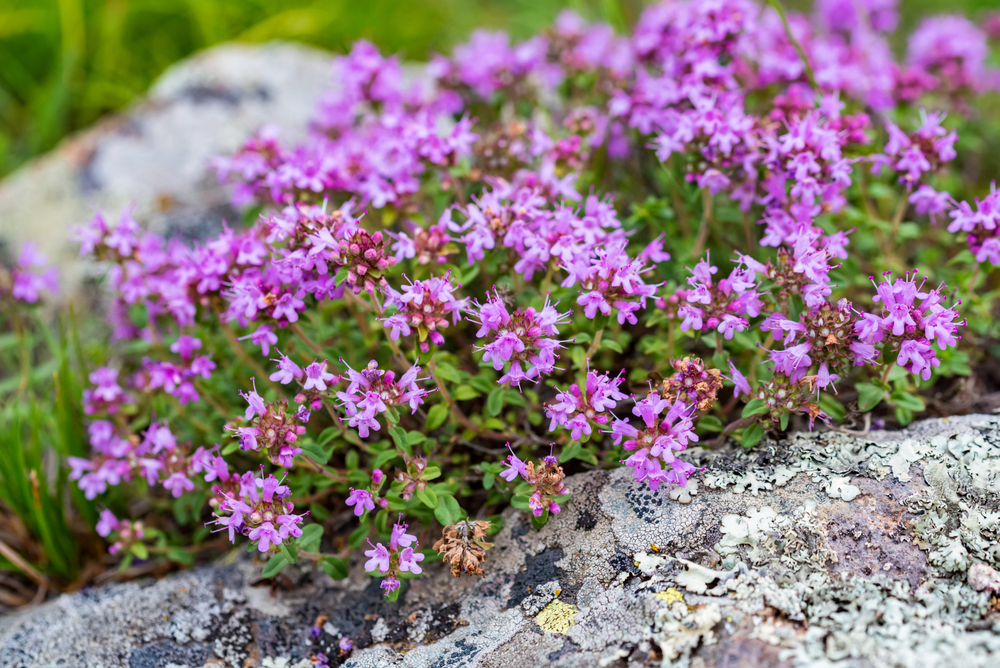
Thyme is a fragrant herb that not only adds flavor to your dishes but also serves as an excellent pollinator-friendly plant. It produces small, pink to purple flowers that are rich in nectar, attracting bees and butterflies. Thyme thrives in full sun and well-drained soil, and it’s perfect for growing in containers or garden beds.
The small flowers are a favorite of honeybees, who will flock to thyme plants during the summer months. Thyme is also drought-tolerant, making it a great addition to low-water gardens where pollinators need a reliable food source.
Phlox

Phlox is a perennial plant that produces vibrant clusters of flowers in shades of pink, red, white, and purple. The tubular flowers are rich in nectar, making them attractive to bees, butterflies, and hummingbirds. Phlox thrives in full sun to partial shade and well-drained soil, making it adaptable to a variety of garden conditions.
These plants bloom from mid to late summer, providing pollinators with a consistent source of food. Their colorful flowers are a beautiful addition to any garden, and their ability to thrive in various soil types makes them a reliable choice for pollinator gardens.
Aster

Asters are a late-blooming perennial that provides vital nectar and pollen to pollinators as the season starts to wind down. With flowers in purple, pink, and blue shades, asters attract a variety of bees, butterflies, and other beneficial insects. They thrive in full sun and well-drained soil, making them an easy plant to grow in most gardens.
Their late bloom period makes them especially important for pollinators in the fall when other food sources have started to dwindle. Asters create a final burst of color in the garden while supporting the health of local pollinator populations.
This article originally appeared on Avocadu.
